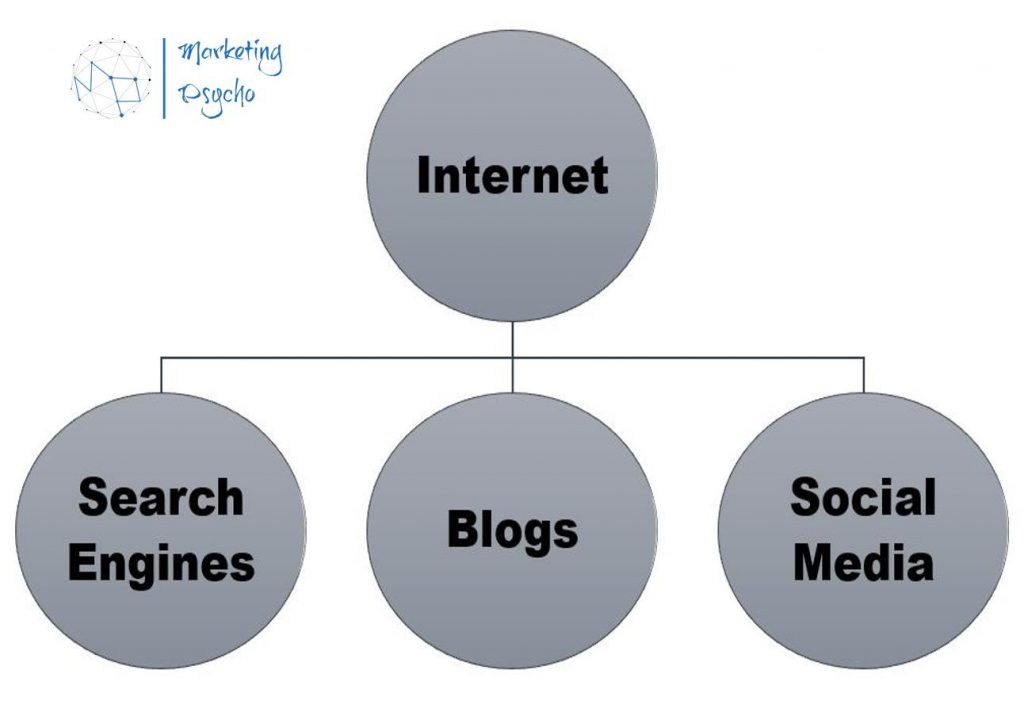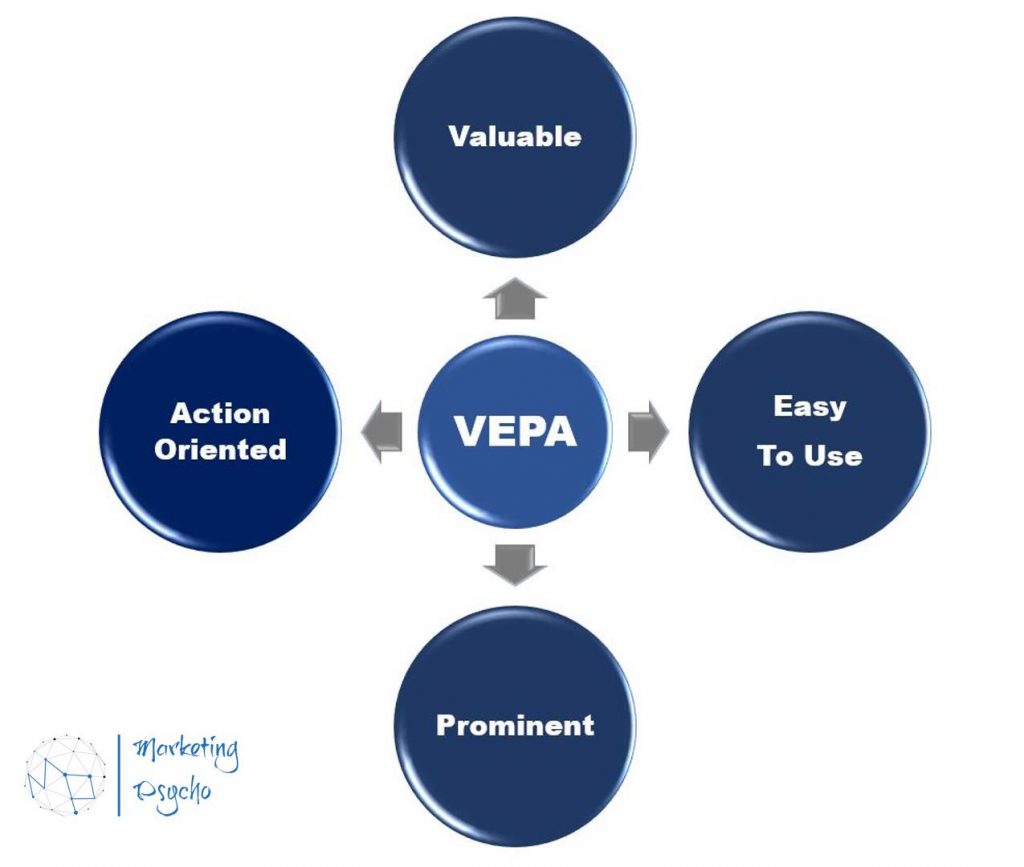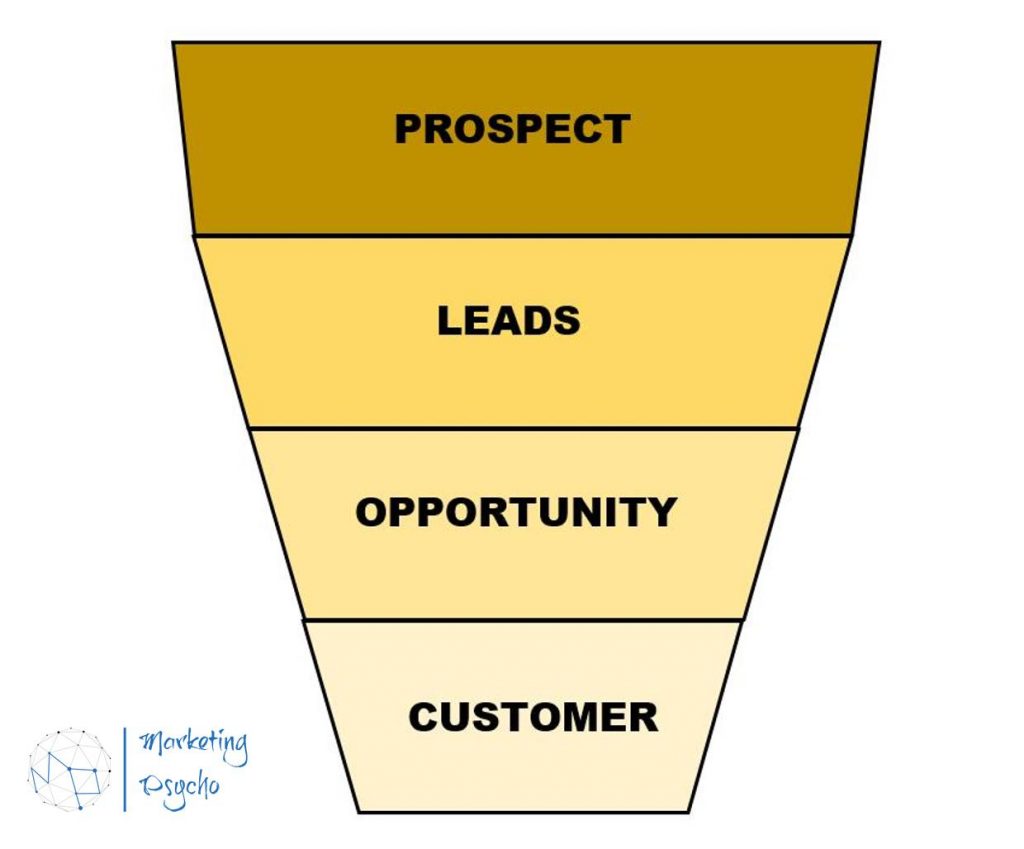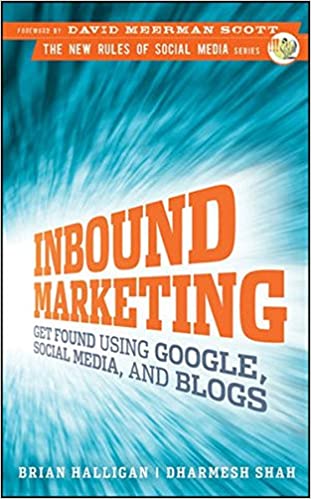Today, almost everyone starts searching for any information from the Internet, regardless of what they are looking for. Therefore, it is very important to post useful and interesting content so that users can use it when they need it, instead of using expensive advertising aimed at the crowd. Customers must come to you to buy because, in the modern world, control has passed to consumers.
Based on the changed situation, Brian Halligan and Dharmesh Shah divided marketing into two categories:
- Outbound marketing is the use of traditional marketing methods, such as exhibitions, telemarketing, email, mass advertising, etc.
- Inbound marketing is the use of methods by which consumers themselves find sellers using the Internet.
In their book Inbound marketing. Get found using Google, Social Media, and Blogs, they talk about the second type of marketing: Inbound Marketing. What do you need to do to get people to find you? The authors answer this question: it is necessary to have a Remarkable proposition. It should be included in your Remarkable Strategy.
Remarkable Strategy
Brian Halligan and Dharmesh Shah suggest two ways to create a Remarkable Strategy.
- Go beyond the traditional limits of your market in search of alternative options that your competitors do not have.
- Become the best at what you do within the existing market.
In addition to a Remarkable proposition, you should also create Remarkable content because:
- Remarkable content will encourage other sites to place links to your content on their pages, and this will increase the number of visitors to your site and give you more traffic.
- Remarkable content can be easily and quickly distributed on social networks.
The authors provide the following types of content: Blog articles, White papers, Videos, Webinars, Podcasts, Webcasts.
The effectiveness of your marketing activities these days can be expressed in the following sequence of steps: create Remarkable content, optimize it, publish the content on the Internet, market the content through the blogosphere and social media, and measure which methods bring results, which do not.

Inbound Marketing is directly connected to the Internet. Brian Halligan and Dharmesh Shah divide the Internet for marketing purposes into three areas.

Search Engines
A distinctive feature of search engines is that users are looking for something specific, not just information, but information on a specific topic. Therefore, your company must be displayed in search results. Brian Halligan and Dharmesh Shah talk about the Google search engine in their book Inbound marketing. Get found using Google, Social Media, and Blogs. Two kinds of results of Google search appear on the SERP (search engine results page): the organic search results and the paid or sponsored results.
The paid or sponsored results. You get traffic by placing ads in search engines. The program for placing such ads is called a pay-per-click (PPC). The point is that you pay Google a certain amount of money for one-click (cost per click -CPC) on your ad (the user goes to your website), and not for the display.
The organic search results depend on the quality of your content and Google indexing. If you prefer free traffic to paid traffic, then in this case we are talking about search engine optimization (SEO). Your goal is to increase your site’s ranking by keywords. The best way to achieve good rankings in Google search results is to create content that is worthy of a high ranking.
You must choose the right keywords to optimize your search. Keywords are the words that users type in the search box as a search query. Keywords must meet three criteria: relevance (selecting words that match your business), volume (how many people search for your chosen keyword), and difficulty (how difficult it is to enter the search ranking for this keyword, given the competition and the rating of your site). You need a balance of all three criteria.
Optimization of the rating by keywords is carried out in 2 directions
On-Page SEO
The main elements for On-Page SEO that you need to pay attention to:
- The Page Title. The page title is what appears at the top of the browser window and is used for the link text in the search results
- Meta description tag. The meta description tag is usually a short characteristic of what the user can find on the page
- Optimizing URLs. URL (Uniform Resource Locator) + the domain name. The domain name is a part of the URL that is common to all pages on the site
- Page content: Headings, Images
Off-Page SEO
The main element for Off-Page SEO is the Inbound Links. This is the most effective way to increase the ranking in Google, as the system is programmed to track such links. Ways to get inbound links: creating remarkable content, contact other people, and ask them to post a link to your site.
The factors that affect the significance of the link:
- Rating of the page with your link
- Status of links: a no-follow (links with the no-follow attribute are not taken into account in page ranking calculations, they indicate that the search engine does not click on this link) or a do-follow (links with the do-follow attribute are taken into account when ranking the page. The do-follow attribute gives the search engines a signal to click on the link and scan this page)
- Number of other links on the page that also link to you
- Anchor text of the link. The anchor text is the visible, clickable part of the text in the link
Brian Halligan and Dharmesh Shah advise against using Black Hat SEO methods, such as link farm (a group of websites created to generate a huge number of links to a particular web page); automated content generation/duplication; keyword stuffing; cloaking (providing different website content to users and the Google program); hidden text; doorway/gateway pages. This is a bad way to work on your inbound marketing. Instead of these questionable practices, the authors recommend focusing on improving your site and creating Remarkable content.
So, we looked at organic and paid traffic. For your site to be successful, you need to use both options, but with a reasonable approach. So in the early stages of website promotion, you can use paid traffic. But then you need to improve your position in the organic search rankings.
Blogosphere
A blog is a great opportunity to create remarkable content. It is perfect for inbound marketing. To make the blog work, the authors advise you to write in it on the topics of your industry. These can be the following articles: how-to articles, analysis of a current industry trend or challenge, announcements of upcoming events, feedback on articles you read in print publications, etc. In addition to creating your blog content, invite other people as authors, including local professors interested in your industry, thoughtful customers, analysts in your industry, and other bloggers in your industry. Regarding the frequency of publications, the authors recommend writing in the blog at least once a week.
As for optimizing blogs for search engines, as well as for attracting the attention of readers, remember that the most important part of the article is the title.
After you have written a remarkable article with a bright title, you need to promote it. Here are some options:
- Post the link to your article on social networks and invite readers to share it
- Publish your articles on discussion forums that relate to your industry
- Use the email newsletter. But this method is better to use if you have a small number of visitors to your blog and only for the first time, as you can bore people
Encourage people to leave comments on your article, for this, you can leave the call-to-action at the bottom of every blog post. The authors recommend that you do not limit the comment function, as people will feel that you are hiding something from them and do not want to hear their voice. Always respond to comments, remember that the user took their time to write it and they crave attention. A blog rarely becomes popular overnight, usually, it’s hard work in the long run.
Social Media
According to the definition given by Brian Halligan and Dharmesh Shah: Social Media is about people connecting, interacting, and sharing online.
Pay attention to creating your profile, as this is your personal brand. Important things here: username, avatar/image, bio/summary, and web links.
So, let’s look at the popular social media listed in this book.
- Facebook. This is one of the social sites on the Internet with the largest number of users. Registering here can give you access to a lot of people. Create a business page on Facebook. After that, take care of its promotion. To do this: place a link to your business page in your personal profile; use existing communication channels (website, blog, e-mail newsletter, etc.); buy social advertising on Facebook. Constantly analyze your business page and improve it.
- LinkedIn. This is a website for finding and establishing business connections. The authors suggest creating a group in this social network (an online community of people interested in a particular topic), as well as using the “LinkedIn Answers” function, where you can ask questions to members of the community and answer questions asked by other participants. LinkedIn has an advertising product called “DirectAds” which allows you to buy ads online.
- Twitter. This is a site for sharing small messages – tweets. The publication of short notes in the blog format is called microblogging. Twitter allows for one-sided relationships. Once you’ve signed up, start attracting followers. To do this, you can use the Twitter Grader tool or the search function on Twitter.
- Digg. This is a social news site where readers themselves decide what content will be on the first page through a voting process. For successful work in Digg, take an active part, make friends and establish connections, write outstanding titles, use the Digg button, work with popular formats and topics, post only the best articles on the site.
- StumbleUpon. A social information search site that helps you find new content that is potentially interesting to you. To work successfully on this site, check out all the main available categories and choose the ones that best match your specialization, do not add your own content, search only for interesting content and vote for it, make friends.
- YouTube. A website for posting and storing video materials. Options for creating remarkable videos: customer stories, expert interviews, How-To videos.
Now that you’ve created great content and are promoting it with Search Engines, Blogs, and Social Media, you need to convert users to customers. After all, the goal of all the efforts that we make is to get the order.
When a visitor comes to your website, you must explain to them exactly what they should do. To do this, you must create a compelling call to action. The authors describe four characteristics of an effective call-to-action: Valuable, Easy To Use, Prominent, and Action Oriented (VEPA).
VEPA

Valuable. Successful call-to-action must be convincing and helpful. It should be able to provide users with valuable information that will help them in their work: Webinars, White papers or reports, An e-book, 30-minute expert consultation, Research studies, Free class, demo, or trial offer. Try different types of similar offers and choose the most suitable one for you.
Easy To Use. When people get to your site, they should not think about what actions they should take next. You should explain to your users in as much detail and simply as possible what to do and what results it will give them.
Prominent. Your offer should stand out from the general background. You should choose the correct location of the call-to-action button (usually it is the top of the page), pay attention to the design (the image should be with a well-readable inscription, the background is usually white, and the text of the inscription is colored). The call-to-action should be on all pages of your site. It does not have to be the same everywhere, it can be adapted based on the topic of the page.
Action Oriented. The text of your call-to-action should start with a verb and tell the visitor what to do.
Brian Halligan and Dharmesh Shah, in addition to the call-to-action, focus on the landing page. The landing page is a page of the site with a description of your offer, which users should go to by clicking on the ad, and where the target action is indicated. This is the last stage of converting a visitor into a potential customer. By creating landing pages that are as relevant as possible to the paid search, you will increase the conversion rate and return on investment (ROI) several times.
Techniques for optimizing landing pages
- Matching. Your landing page content must match the call-to-action content as closely as possible
- Building trust. The landing page should effectively and quickly demonstrate the advantages of your company and convince your visitors of its reliability and decency, it should look professional
- Go naked. Reducing the number of different offers on the landing page increases the effectiveness of the page
- Graphics matter. It is necessary to use catchy and attention-grabbing images
- Keep it simple. Do not distract the person with additional options or new information
By clicking on the link, your visitors should be taken to the landing page with a form to fill out. The form should be short (name, email address, and whether the user wants to purchase your products or services) and placed in the visible part of the screen.
It is important not only the number of leads that you can get but also their quality. To evaluate the quality of leads, you need to create some kind of evaluation system, so that more valuable potential customers receive a higher score. Possible factors for calculating the rating: sources of potential customers, number of website visits, number of accepted calls-to-action, responses to the question of your forms, etc. The calculation of the estimate depends on the specifics of your business.
Traditionally, marketers enter contact information like an email and/or regular mail address in the database. In case of inbound marketing, this should include people you can contact via email, blog, Twitter, LinkedIn, Facebook, and other social networks.
To make decisions about marketing actions (for example, which tools or channels to use or not to use), the authors suggest using the marketing funnel.
Marketing Funnel

- Prospect. At this stage, you create a list of sources/campaigns/ inputs that will attract prospects to your products and services.
- Leads. Leads can be any person with whom the seller (or you) has the right to spend at least an hour demonstrating their product or discussing your service.
- Opportunity. At this stage, the potential customer has a specific employee within the company (“champion”) who advocates for the purchase of your company’s product or service.
- Customer. These are people who have purchased your products or used your service.
Once you understand the levels of the marketing funnel, start evaluating each level on a quarterly or monthly basis. The main information that you will get with this analysis is the shape (ratios) of the funnel per campaign/channel.
Despite what tools or channels of Inbound marketing you will use, Brian Halligan and Dharmesh Shah throughout the book Inbound marketing. Get found using Google, Social Media, and Blogs say that it is necessary to track the results, and based on this data, make improvements.
So, remember, to be successful in today’s business, you must align your marketing methods with the methods that potential customers use to get information about your products and purchase them.
Read more marketing, management and sales Book Reviews in the special section of the website.





